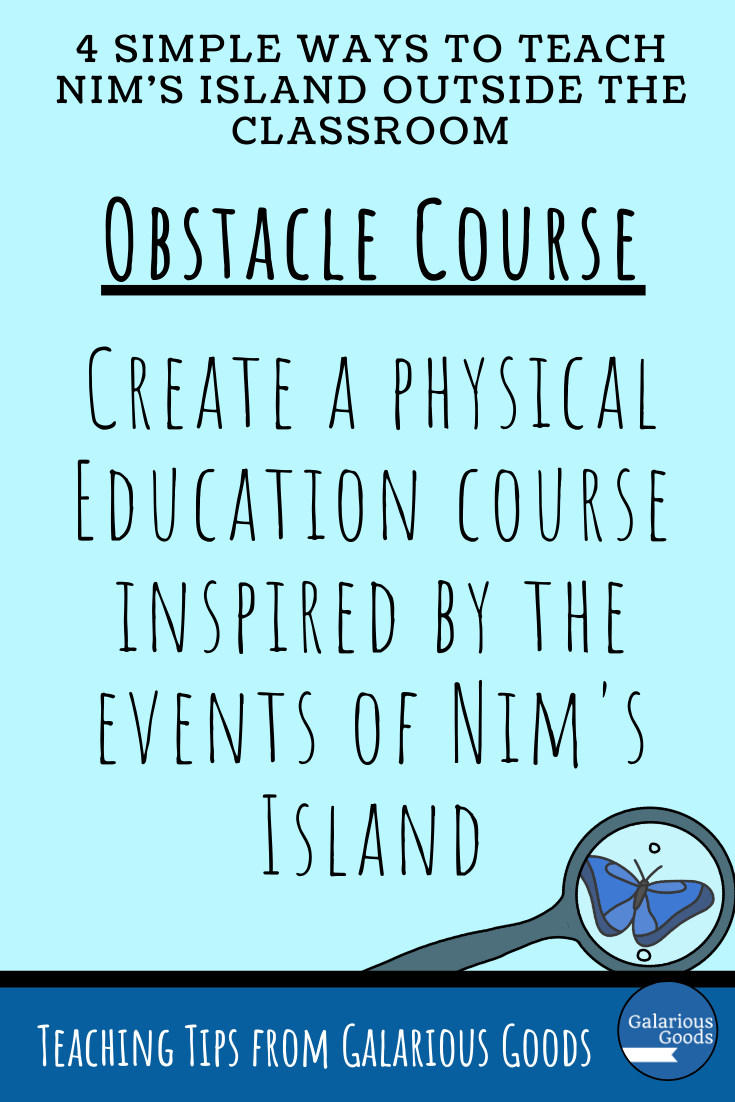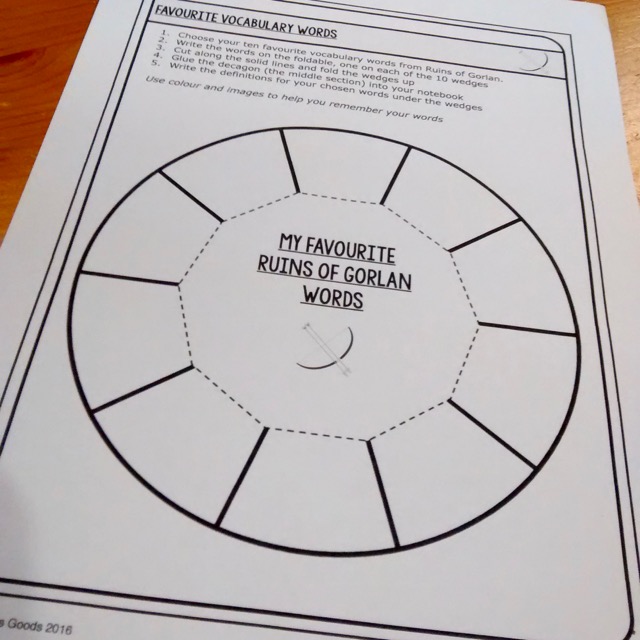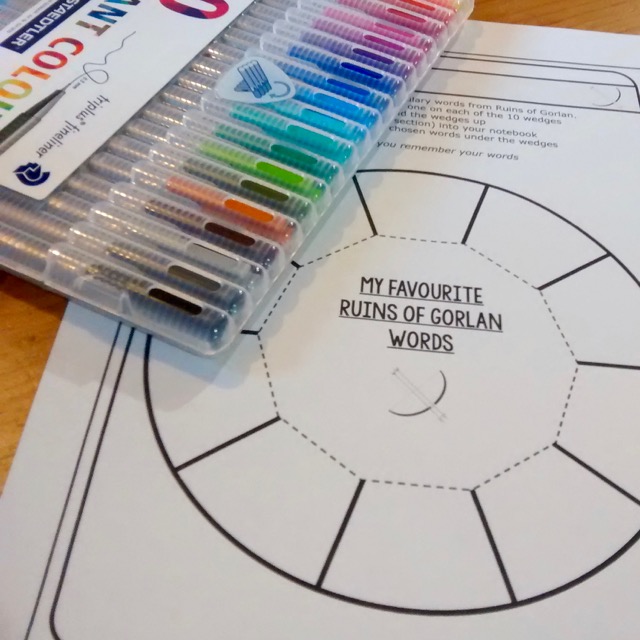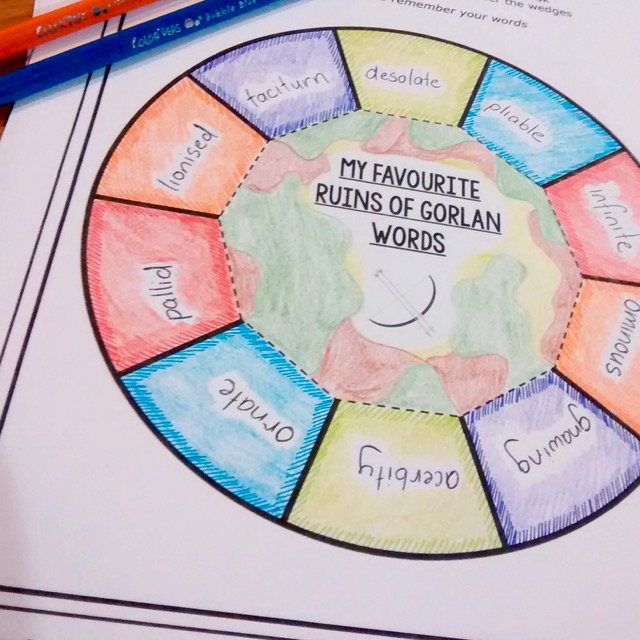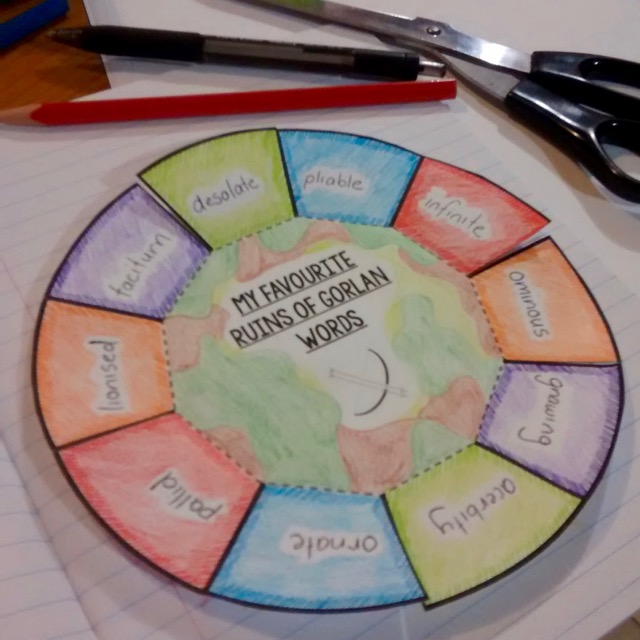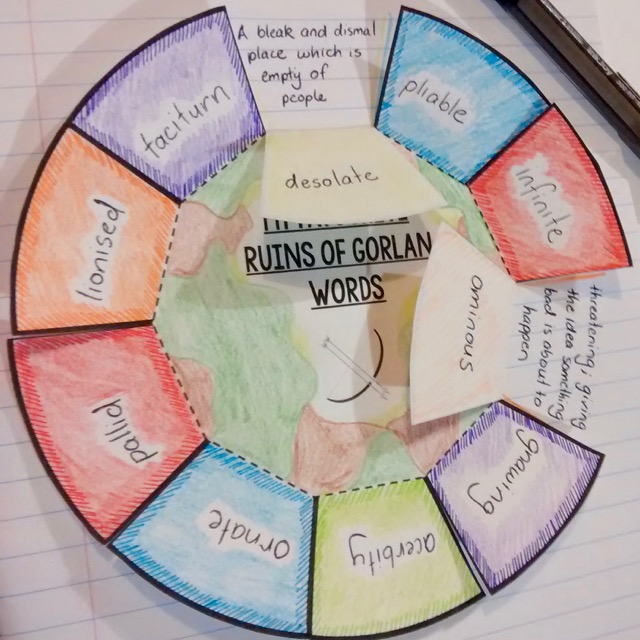Adventure Girl and Reclusive Author
/Three Ways to Investigate Stereotypes Using the Nim's Island Movie
I've previously introduced Nim's Island, the adventure book by Wendy Orr. But you can also enjoy the story as an adventure movie, released in 2008. The movie and the book are fantastic to explore together in the classroom, especially when we are teaching characters. The notion of character stereotyping, whether stereotypes are good or bad and how they apply to Nim's Island makes for a wonderful classroom investigation - giving students questioning tools they can also transfer to a range of other texts.
A stereotype is an oversimplified view at a character or person, usually demonstrated through a collection of behaviours or traits. First glances at the Nim's Island movie tell us that we can see Nim as an adventure girl. She flies through the trees, uses different adventuring tools and tackles big challenges. Meanwhile, Alex Rover can be seen as a the stereotype of an author. She is reclusive, a little scattered and her whole life revolves around her books and her writing. As students are watching the movie, they can find other examples of these stereotypes and others. But once they've found the examples, what can they do with them?
Are the Stereotypes Realistic?
This is a great question to add to a comparison between the book and the movie. Students can have a look at character traits in the movie and note where they were similar or different to the book. Which ones were more realistic? Which ones were less realistic.
Students can also discuss whether authors would really be able to be mostly anonymous the way Alex Rover is or if they'd be required to attend events to promote their books. They can research authors who have been anonymous (or have tried to remain anonymous) and authors who use a pen name and why they do that. (J.K. Rowling is one example, as her adult crime novels are written under the pen name of Robert Galbraith).
Another classroom activity to look at whether stereotypes are realistic can involve acting it out. Students can identify a section of the movie which they feel show a particularly stereotyped version of the character. They can reenact that scene themselves, then look at ways they could change the character's words or actions to make them feel more realistic.
What Part Do Stereotypes Play in Books and Movies?
Although stereotypes often have negative connotations, they can be very useful when telling stories. They provide a shortcut to the reader or the viewer, helping them picture or understand the character and the behaviours of the character without needing extra descriptions.
Students can explore this by thinking about how they picture certain characters. You can brainstorm a collection of 'character types' like princess, wicked witch or famous sports person and ask your students to draw what they think they would look like or write a description of them. Students can compare their drawings or descriptions and look at which elements or traits they share.
Stereotypes can also help to surprise us when they are changed. When Alex Rover steps out into the world to help Nim, we know that it is a big thing - something her character would never do normally because it doesn't fit her stereotype. It lets us know that things are changing in the story and that we should be paying attention. Students can identify other times that characters break their stereotypes in movies or books and how that changes the way the story goes. You can set up a large piece of paper or display board for this and students can add their examples on pieces of paper or sticky notes as they find them.
Can Stereotypes Be Harmful?
There's no doubt that stereotypes can be harmful in real life situations. They can act to give us incorrect impressions of people and box people into categories or situations where they're uncomfortable or restricted from doing what they'd like to do. But what about stereotypes in stories? Can they be harmful too?
Students can look at the way stereotypes are used in fairy-tales - especially the versions of fairy-tales which have come to us through popular movies. How is the princess portrayed? The prince? The step-mother? The dragon? How do we see those stereotypes and the language around them used in the real world? How many times do we see the word 'princess' on girl's clothing or toys? How does that have real world impacts?
We can also ask if all stereotypes are harmful? Nim is portrayed as an adventure girl - students can discuss whether that's a good or a bad portrayal and whether we should need more or less characters like her. They can also have a go at writing their own stories with characters like Nim or her father or Alex Rover.


























